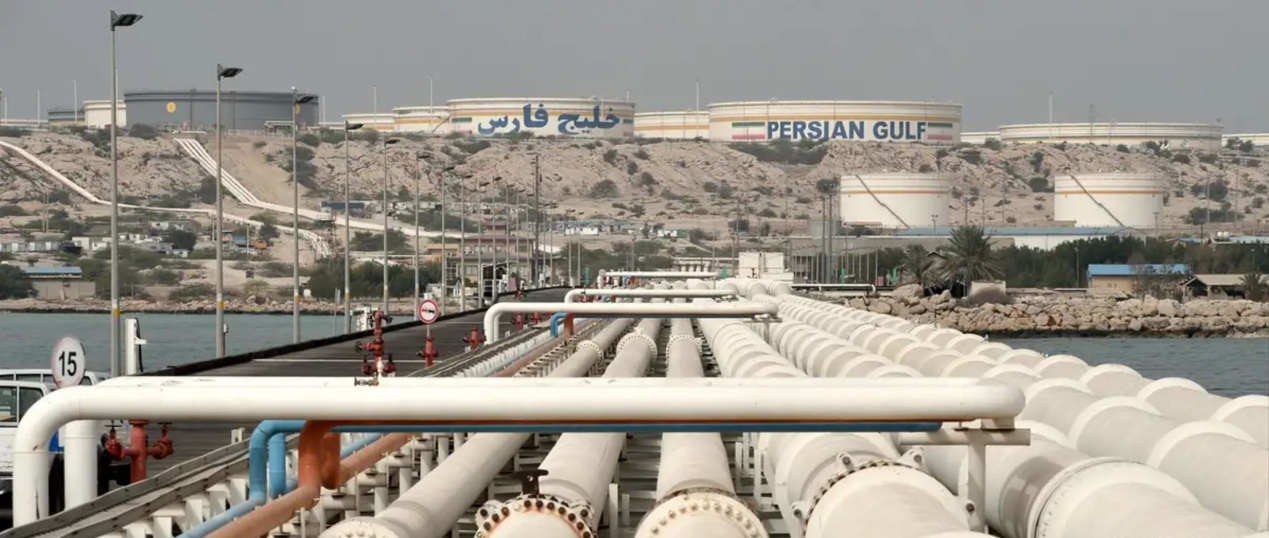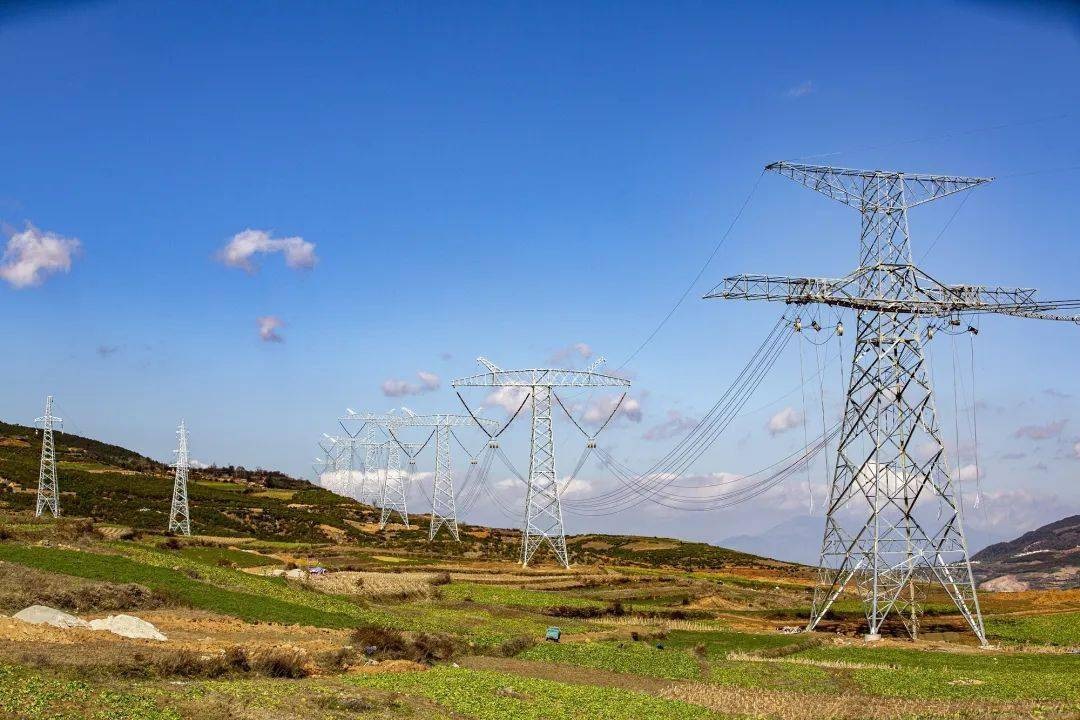
At 3:00 a.m. on June 13, 2025, Israel launched a large-scale air strike against Iran, precisely targeting nuclear facilities and military objectives in Tehran and other areas. This led to the deaths of two senior Iranian military commanders and several nuclear scientists. The event quickly caused severe turbulence in the global financial market, with international oil prices surging by over 10% in a single day, reaching a new high for the year, and the price of gold breaking through $3,400 per ounce. Global stock markets generally declined. This conflict not only pushed the Middle East to the brink of war but also had a profound impact on the global economy through the vulnerability of the energy supply chain.
I. Soaring Oil Prices: Geopolitical Premium Dominates the Market
After the conflict broke out, international oil prices soared by 14% in after-hours trading, with WTI crude futures breaking through $77 per barrel and Brent crude approaching $79 per barrel. Market panic was driven by two core logics:
1. Risk to the Strait of Hormuz: As the throat of 40% of global oil exports, if the strait were to be blocked, it would lead to the disruption of over 20 million barrels of oil supply per day. Although the Iranian Ministry of Petroleum stated that its refining facilities were not damaged, historical experience shows that during the Iran-Iraq War from 1984 to 1988, the risk of navigation in the Strait of Hormuz increased sharply, pushing up tanker freight rates by 50% to 100%.
2. Expectation of Supply Disruption: Iran is the third-largest oil producer in OPEC, with an average daily output of about 3 million barrels. If the conflict escalates, facilities in Saudi Arabia, the United Arab Emirates, and other countries may become secondary targets of attack, further exacerbating the supply shortage. Additionally, U.S. sanctions against Iran may be strengthened due to the escalation of the conflict, completely blocking its oil export channels.
II. Global Supply Chain Transmission: A Chain Reaction from Energy to Consumption
The shockwaves of surging oil prices have rapidly spread to the real economy:
1. Soaring transportation costs: The shipping sector has risen against the trend. The daily rent for VLCC (Very Large Crude Carriers) has soared from $40,000 to $100,000, and the rent for Aframax oil tankers has exceeded $200,000. The container shipping market is also under pressure. The risk on the Middle East route has escalated, and insurance companies have significantly increased war risk premiums. The alternative route around the Cape of Good Hope has further pushed up logistics costs.
2. Intensifying inflationary pressure: The rise in energy costs has directly affected manufacturing and the consumer end. Shares of fuel-dependent companies such as United Airlines and Carnival Cruise Lines in the United States have plummeted by more than 4%, while those of energy giants like ExxonMobil and ConocoPhillips have risen by more than 2%. If oil prices remain high, it may trigger "stagflation" risks in Europe and the United States, weakening consumer purchasing power.
III. Geopolitical Games: The Breakdown of Nuclear Negotiations and the Reconstruction of Strategic Patterns
This conflict has had a profound impact on global geopolitics:
1. The complete breakdown of the Iran nuclear negotiations: The sixth round of indirect negotiations on the Iran nuclear issue, originally scheduled for June 15, was canceled. Iran has warned that it will include US military bases in its strike range. US Secretary of State Pompeo denied involvement in the attack, but Trump admitted to having "prior knowledge," exposing the complex game between the US and Israel on the Iran issue.
2. Escalating nuclear proliferation risks: Israel's "decapitation" operation, which destroyed Iran's Natanz nuclear facility, may force Iran to accelerate its nuclear program. More dangerously, this move has set a precedent for preemptive strikes, and countries like India and South Korea may follow suit, increasing the risk of global nuclear confrontation.
3. Reshaping the energy landscape: The conflict has highlighted the vulnerability of energy supply in the Middle East, driving countries to accelerate their energy transitions. China, India, and other countries may increase cooperation with Russia and oil-producing countries in Latin America, reducing their reliance on the Persian Gulf.
IV. Future Outlook: Short-Term Volatility and Long-Term Reconstruction
In the short term, oil prices will remain volatile at high levels. If the Strait of Hormuz is not blocked and the conflict does not spread to countries like Saudi Arabia, oil prices may gradually decline; however, if Iran retaliates with a blockade, oil prices could exceed $100 per barrel, replicating the extreme conditions seen during the Russia-Ukraine conflict in 2022.
Israel's attack on Iran is not only a military conflict but also a stress test for the resilience of the global economy. From surging oil prices to rising inflation expectations, from disrupted supply chains to the reconfiguration of geopolitics, this conflict has revealed the power of the "butterfly effect" in the era of globalization. At the crossroads of the energy transition, countries need to strike a balance between ensuring energy security and promoting green development, while the powder keg in the Middle East awaits a more stable future.

报告显示,中国电力投资加速增长,预计2024年电网基建投资将超过5300亿元。
近日,市场迎来了一则引人注目的消息:工业巨头3M公司(MMM.N)在本周五公布了其季度业绩报告,随后股价飙升至近两年来的
最近,外媒给OpenAI算了笔账,今年可能要血亏50亿美元。
近日,巴黎奥运会和世界铁人三项协会联合发布了一项重大决定,宣布因塞纳河水质污染问题,原定于近期进行的奥运会铁人三项首次下
当地时间7月18日,法国巴黎发生了一起令人震惊的持刀袭警事件。
近期,一则重大消息在国际舞台上引起轩然大波,马来西亚宣布加入金砖国家。
调查发现,互联网和智能手机的使用干扰了韩国近五分之一学生的生活。